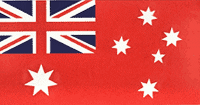 SPARROW FORCE UNITS |
|
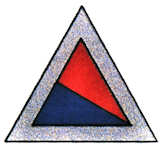 18th Anti-Tank Battery  Lieut. John Carrick 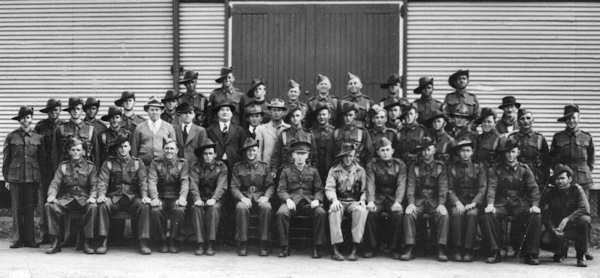 Battery members in civvies 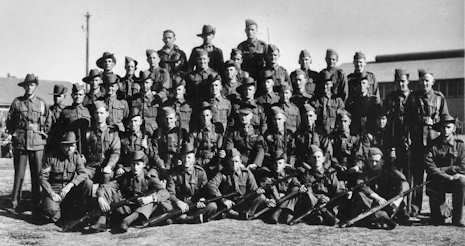 Battery members in uniform 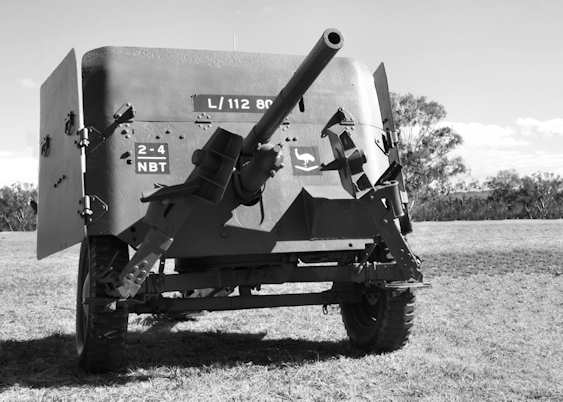 2-pdr anti-tank |
18th ANTI-TANK BATTERY, B TROOP...
The
18th Anti-Tank Battery was formed in Sydney after the outbreak of
the war with Germany,
many members transferring from militia units to the regular forces.
Troops of the 18th Anti-Tank Battery were issued with the then new
2-pdr. anti-tank gun. The 2-pounder was designed in Britain as a
tank gun then adapted for an anti-tank role on a special carriage
that permitted rapid 360 degree traverse. The transport wheels
folded down when the gun was deployed and set up.
Lieutenant John Carrick, later Sir John Carrick, Federal Minister
for Education and Leader in the Senate, was the officer commanding B
Troop on Dutch West Timor. Carrick was studying at Sydney University
when war broke out, a member of the university regiment. Sir John
also wrote a manual for operation of the 2-pdr. anti-tank gun and
the original is reported to have been preserved in the library at
the Australian War Memorial.
The 18th Anti-Tank Battery was transported by rail from Sydney, across the Blue Mountains to Broken Hill, and thence to Adelaide. Like the other units headed for the Top End, they changed to the narrow gauge 'Ghan' at Terowie and continued on to Alice Springs. Without any rail line after the Alice, the men and their guns were taken by the Darwin Overland Maintenance Force trucks to Birdum. This terminus is adjacent to Larrimah, where the men again boarded trains for the journey to the outskirts of Darwin.
The three troops would appear to have been ensconced together
outside Darwin and two of the troops were allocated to the 'bird'
forces defending airfields to the north of Australia.
|
|
Copyright © 2012-2013 Please report any site problems/questions such as broken links here. |
|